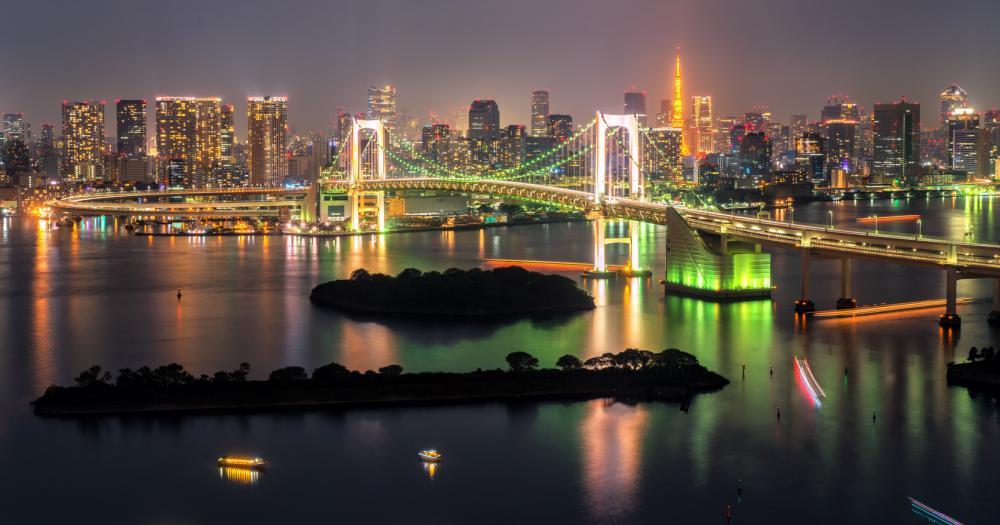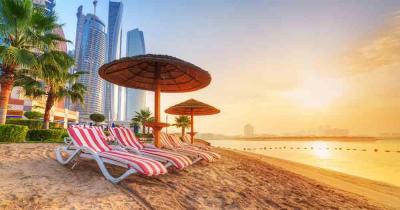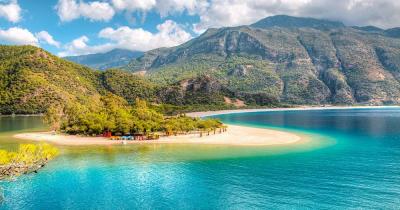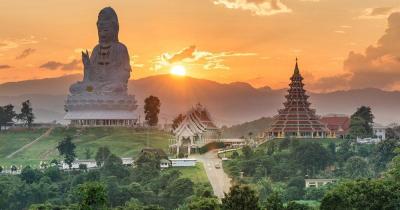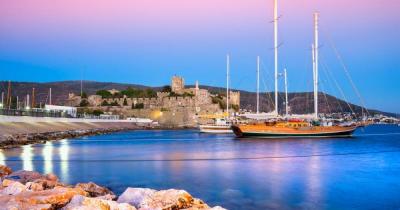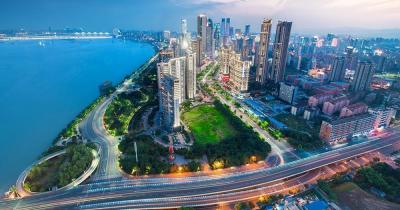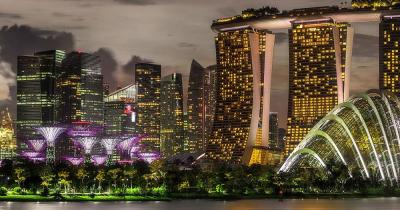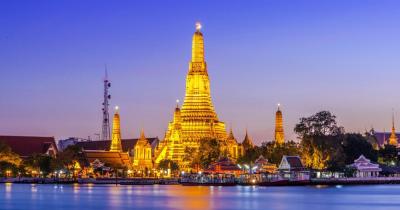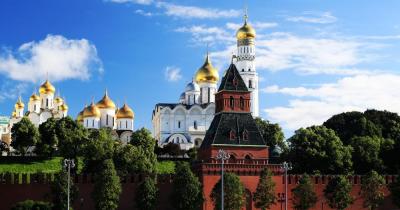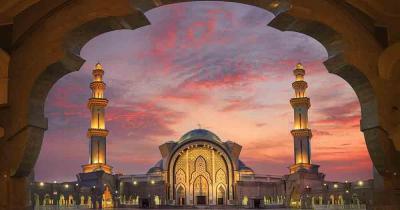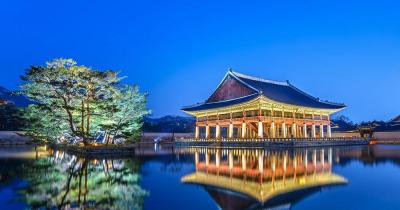Tokyo
Futuristic architecture and traditional temples
Categories: Tokyo Honshu Japan
A discovery tour through Tokyo fascinates culture lovers, high-tech fans, Zen enthusiasts, trendsetters and gourmets alike. In Japan's capital city, past and present merge. With its combination of tradition and modernity, the metropolis of contrasts captivates every visitor. The best overview of the entire city is provided by the ultra-modern Tokyo Metropolitan Government Building in the Shinjuku district, designed by star architect Kenzo Tang.
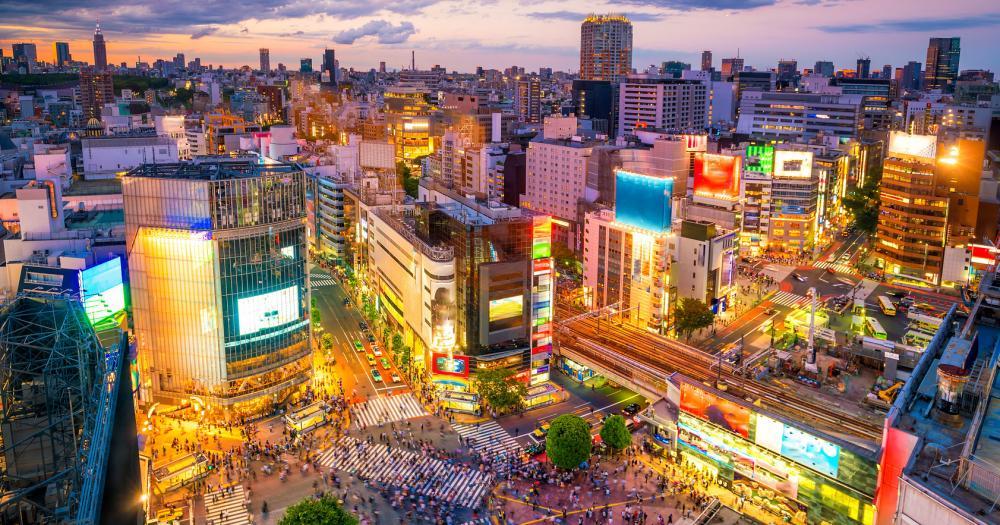 © f11photo / Fotolia
© f11photo / Fotolia
From vantage points on the 45th floor, the twin towers offer a grandiose 360-degree panoramic view of the densely built-up quarters and flashing neon signs along the skyline. The view extends far beyond the city limits of Tokyo to Mount Fuji. Shinjuku Station, with about 30 platforms and over three million passengers daily, is the busiest station in Japan and one of the busiest in the world.
The Shibuya intersection, one of the most famous road intersections in the world, is located in the district of the same name. The best view of the well-ordered bustle is from a window seat in the café on the second floor of the Q-Front building, directly opposite the train station. With every traffic light, the stream of hundreds of people hurrying across the streets in all directions at the same time gets moving again. Japan's center for the latest electronic goods is Tokyo's Akihabara district.
The specialty stores are also a real treasure trove for electronics collectors and fans of anime and manga culture. In the elegant district of Ginza, shopping is the order of the day in the numerous department stores, exclusive boutiques and traditional stores. Not far from the vibrant shopping mile, Tokyo's Tsukiji fish market with its popular sushi restaurants is the best place to take a breather.
Visible from afar is the red of the mighty Kaminari-mon, the Thunder Gate, and its huge paper lantern at the entrance to the Sensoji Temple in the Asakusa district. The Buddhist temple, lined with busy, colorful alleys, is considered the most important and oldest temple in Tokyo. In the Nakamise-dori shopping street leading up to the temple, the smell of incense blends with the aroma of the numerous food stalls.
Typical Japanese souvenirs such as fans or kimonos have always been available in the many small stores. A stroll through the gardens around the Imperial Palace in Tokyo allows an insight into Japanese history. On the east side of the Imperial Palace grounds, the Hamarikyu Garden, laid out during the Edo period, radiates almost meditative tranquility in the middle of the megacity. Several ponds, idyllic paths, the foundations of the former Edo Castle and a traditional Japanese teahouse invite you to linger.
The imperial palace surrounded by moats is still the residence of the Japanese emperor and the residence of the imperial family. The inner area is therefore only accessible to the public on certain occasions. The Meiji shrine is a symbol of the close connection between the imperial court and the natural religion of Shintoism. Inaugurated in 1920 and dedicated to the Meiji Emperor and his wife, the shrine is surrounded by 70 hectares of evergreen forest in the middle of downtown Tokyo.
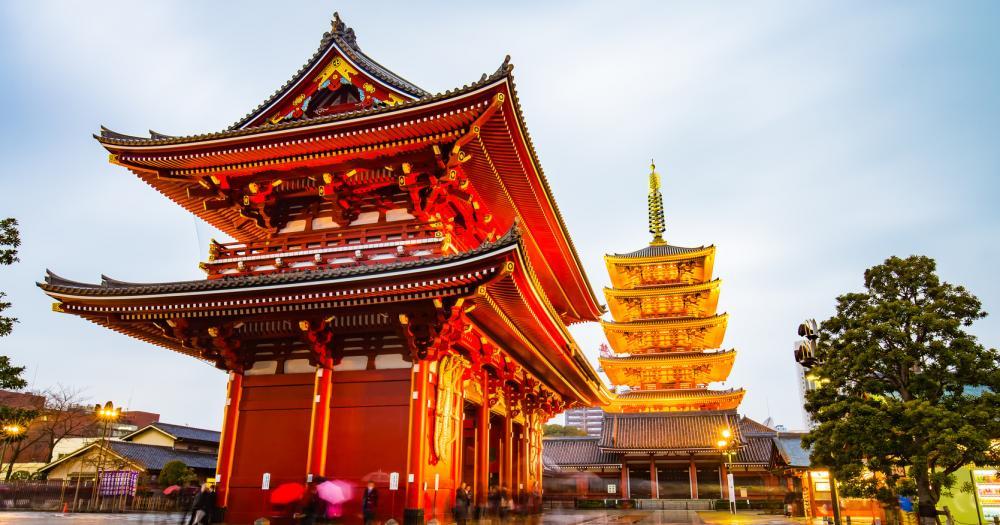 © orpheus26 / Fotolia
© orpheus26 / Fotolia
Whether it's meat on skewers at the counter of a tiny yakitoriya, economiyaki prepared directly at the table, or the tempting selection in a sushi bar, ordering the dishes is very easy, since the dishes on offer are often displayed as plastic replicas. Countless restaurants, large and small, invite you to end the day with a wide variety of culinary delights and let the impressions of Tokyo take effect on you over a cup of sake.
